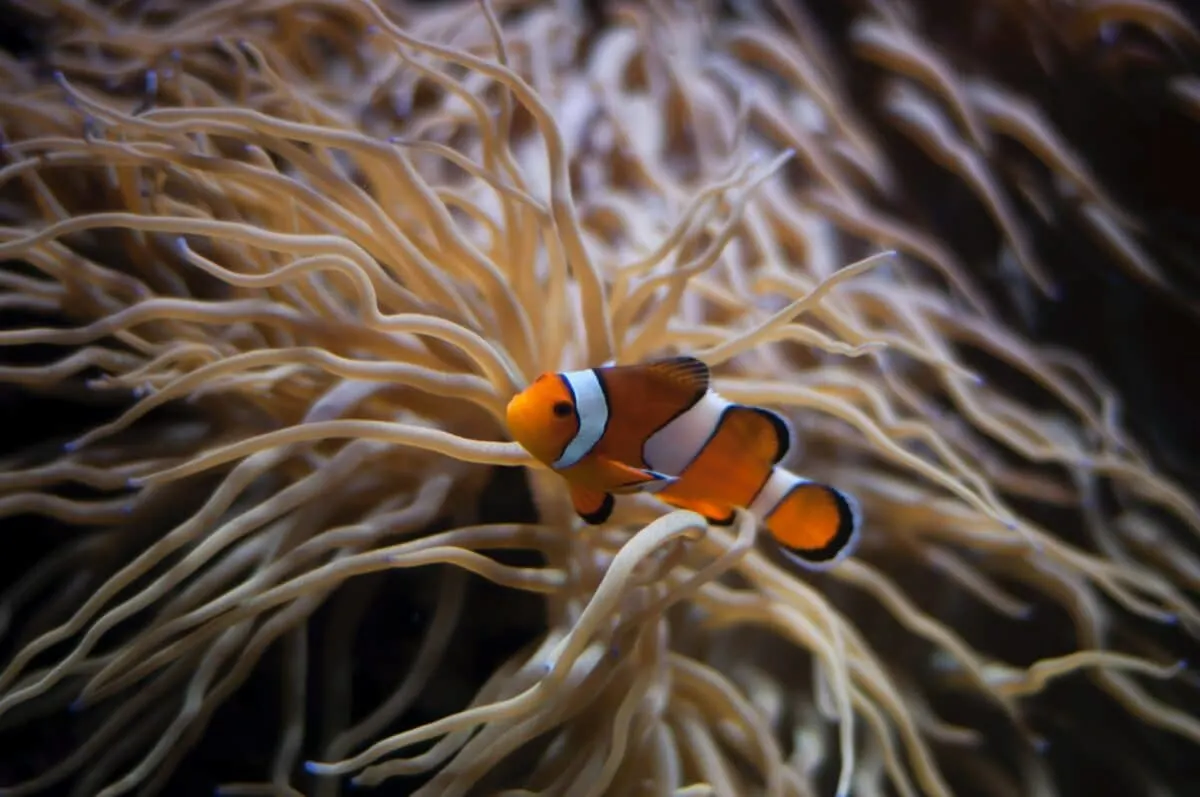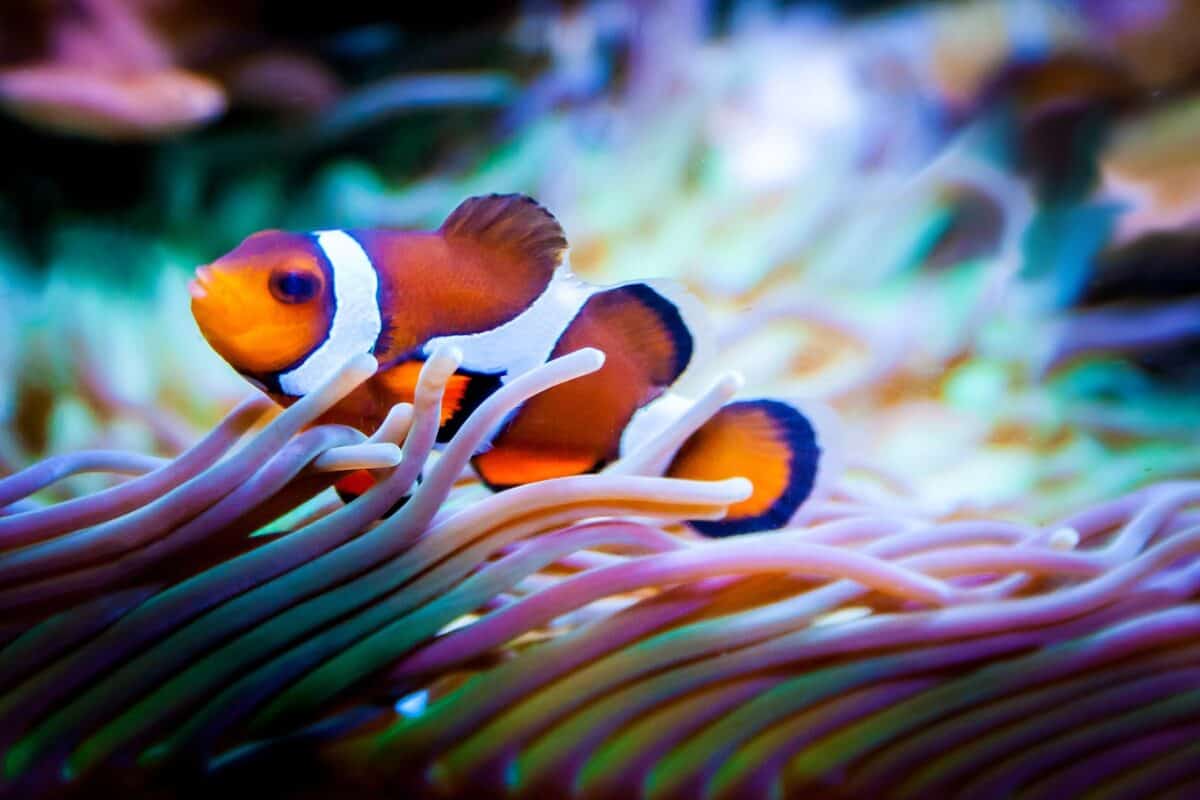The intriguing partnership between clownfish and sea anemones is a textbook example of symbiosis, where two different species coexist and benefit from each other. This dynamic relationship is not only fascinating but also critical to the survival of these sea creatures. By delving into the nature of this interplay, we can appreciate the delicate balance that sustains marine biodiversity.
Understanding Symbiosis

At its core, symbiosis is a close and sustained biological interaction between two different biological entities. The clownfish-anemone interaction represents a form of mutualism, where both parties gain benefits that are crucial for their survival. This relationship is a powerful demonstration of nature’s ability to foster interdependence among seemingly unrelated species.
The Clownfish A Colorful Resident of the Reef

Clownfish, belonging to the subfamily Amphiprioninae, are well-known for their vibrant colors and charismatic behavior. There are around 30 species of clownfish, found predominantly in the warmer waters of the Pacific and Indian Oceans, including the Great Barrier Reef and the Red Sea. These fish are small in size, typically growing up to 11 centimeters, and are easily recognizable due to their distinctive patterns and striking colors.
The Role of Sea Anemones

Sea anemones belong to the Cnidaria phylum and are closely related to corals and jellyfish. They are predatory marine animals that attach themselves to rocks or coral reefs. Although they resemble plants, sea anemones have tentacles lined with stinging cells called nematocysts. These stinging cells are used to capture prey, primarily small fish and plankton.
How Clownfish Avoid Being Stung

One of the most intriguing aspects of the clownfish-sea anemone relationship is the ability of clownfish to avoid being stung by the anemone’s potent nematocysts. This immunity is primarily due to a special layer of mucus that covers the bodies of clownfish. Before settling in, clownfish perform a dance-like ritual, gently touching the tentacles with different parts of their bodies until the anemone accepts them, allowing them to reside without triggering a stinging response.
Benefits for Clownfish

The relationship with sea anemones provides clownfish with a haven from predators. The stinging tentacles of the anemone deter potential threats such as larger fish, effectively providing safe shelter for the clownfish. Furthermore, the anemone provides a food source as well, since clownfish can feed on the leftovers from the anemone’s meals. Additionally, the clownfish’s residence among the anemone’s tentacles allows it to enjoy unobstructed access to oxygen-rich water, thanks to the sea currents flowing around the anemone.
Benefits for Sea Anemones

In return, clownfish offer sea anemones several advantages. The movement of clownfish increases water circulation around the anemone, enhancing its respiration and nutrient absorption. Clownfish also help keep the anemone clean by removing debris and parasites. Moreover, the clownfish’s vibrant colors and movement can attract other fish, which may become prey for the anemone.
Ecological Significance

The intricate relationship between clownfish and sea anemones contributes to the resilience and health of coral reef ecosystems. Their interplay supports the balance of predator-prey interactions and aids in the nutrient cycling essential to coral reef growth. This symbiosis also underscores the broader concept of interdependence in nature, highlighting how mutualistic relationships can sustain entire ecosystems.
Conclusion: A Marvel of Marine Symbiosis

The harmonious coexistence of clownfish and sea anemones is a remarkable example of nature’s ingenuity. It showcases the importance of cooperation and mutualism in maintaining ecological balance. Understanding and preserving such relationships is crucial, not only for the survival of these captivating species but also for the health of marine environments worldwide. As we continue to explore the wonders of the ocean, the clownfish-sea anemone partnership remains a striking illustration of the beauty and complexity of life under the sea.
- The Secretary Bird A Raptor That Hunts on Foot - August 9, 2025
- 10 Dog Breed Restrictions That Stir Controversy in U.S. States - August 9, 2025
- 13 Animals That Outsmart Their Predators - August 9, 2025

